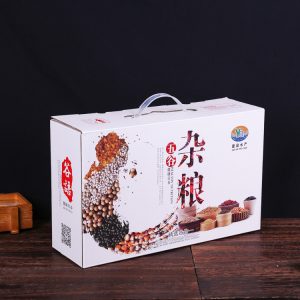Packaging plays a critical role in preserving food quality from production to consumption. The type of packaging material, design, and storage conditions directly impact the freshness, safety, and shelf life of food products. Here are some key ways in which packaging affects food quality:
- Protection from Contamination: Packaging acts as a barrier against external contaminants, such as microorganisms, dirt, and physical damage, ensuring that the food remains safe and free from spoilage.
- Preservation of Nutrients: Certain packaging materials and technologies can protect the nutritional content of food by shielding it from light, oxygen, and moisture, which can lead to nutrient degradation.
- Extended Shelf Life: Proper packaging can extend the shelf life of perishable products by controlling factors like temperature, humidity, and gas composition (in modified atmosphere packaging), reducing food waste and improving economic viability.
- Prevention of Oxidation: Packaging that blocks or limits oxygen exposure helps prevent oxidative reactions that cause food to spoil or change in flavor, color, and texture.
- Moisture Control: Packaging with moisture barriers maintains an optimal level of humidity, preventing food from becoming too dry or too moist, which could compromise its quality.
- Temperature Regulation: Insulated or temperature-controlled packaging helps preserve the ideal temperature for temperature-sensitive products, such as frozen or chilled items.
- Protection from Light: Light-sensitive foods, like certain beverages and oils, are packaged in materials that shield them from exposure to light, as light can lead to flavor and nutritional degradation.
- Aroma Retention: Packaging with good aroma barriers prevents the escape of volatile compounds, ensuring that the food retains its intended smell and taste.
- Tamper-Evident Features: Packaging with tamper-evident seals or closures enhances food safety by indicating if the product has been opened or compromised.
- Ease of Use: Packaging that is easy to open, reseal, and dispense ensures consumer convenience and reduces the risk of spillage or contamination during use.
- Branding and Presentation: Attractive and well-designed packaging can positively influence consumers’ perception of the food quality and may encourage repeat purchases.
- Sustainability Impact: The choice of packaging materials and disposal methods can influence the overall sustainability of the food supply chain. Environmentally friendly packaging options reduce the environmental impact of food packaging.
However, it is essential to strike a balance between packaging’s positive impacts on food quality and its environmental implications. Excessive or non-sustainable packaging can lead to increased waste and pollution. Sustainable packaging solutions, such as biodegradable materials, recyclable packaging, and minimalistic designs, are increasingly sought after to address these concerns. Striving for optimal packaging that meets food quality and safety standards while minimizing environmental impact is crucial for the food industry’s overall sustainability.








